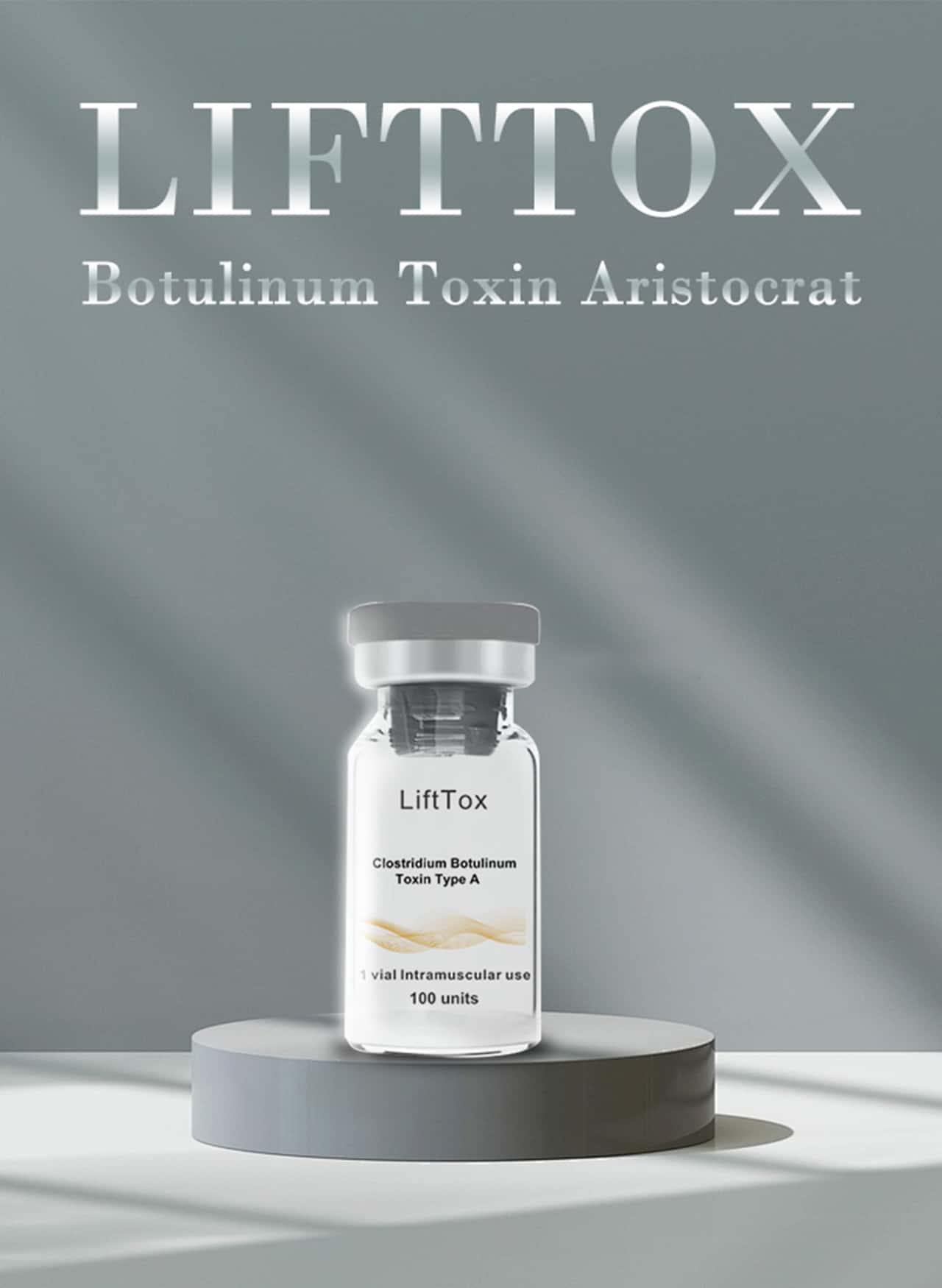
How Many Units of Botox Do You Need? A Complete Guide for Every Treatment Area
Botox injections have become a go-to solution for reducing wrinkles, fine lines, and even medical conditions like migraines and excessive sweating. However, one of the most common questions among patients and practitioners alike is: How many units of Botox do I need?
The answer depends on multiple factors, including the treatment area, muscle strength, desired results, and individual response to Botox. In this comprehensive guide, we’ll break down the recommended Botox dosage for each area, frequently asked questions, and expert tips to help you achieve optimal results.
Table of Contents
Understanding Botox Units
A Botox unit is a measure of the biological activity of the botulinum toxin. Each Botox vial contains a specific number of units, and these units are strategically injected into targeted muscles to temporarily block nerve signals, reducing muscle activity and softening wrinkles.
Different areas of the face and body require different dosages to achieve the best results without causing an unnatural look. Let’s explore the recommended units for the most commonly treated areas.
How Many Units of Botox Are Needed for Each Area?
1. Forehead Lines (Frontalis Muscle)
- Recommended Units: 10-30 units
- Purpose: Smooths horizontal forehead lines
- Factors Affecting Dosage: Muscle strength, severity of lines, and gender (men may require higher doses due to stronger muscles
2. Frown Lines (Glabellar or “11” Lines)
- Recommended Units: 15-25 units
- Purpose: Reduces the appearance of vertical frown lines between the eyebrows
- Considerations: Combining with forehead Botox for a balanced result
3. Crow’s Feet (Lateral Canthal Lines)
- Recommended Units: 6-12 units per side (Total: 12-24 units)
- Purpose: Smooths wrinkles around the outer corners of the eyes
- Tip: Lower doses maintain natural expressions while reducing wrinkles
4. Bunny Lines (Nasal Lines)
- Recommended Units: 4-10 units
- Purpose: Softens wrinkles on the sides of the nose when smiling or scrunching
- Best For: Those who experience deep creases when smiling
5. Brow Lift
- Recommended Units: 4-10 units
- Purpose: Lifts the eyebrows for a more youthful, awake appearance
- Ideal For: Those with mild to moderate eyebrow drooping
6. Lip Flip (Upper Lip Botox)
- Recommended Units: 4-6 units
- Purpose: Enhances the upper lip’s appearance by relaxing the muscles
- Alternative: Lip fillers if more volume is desired
7. Gummy Smile
- Recommended Units: 4-8 units
- Purpose: Reduces excessive gum exposure when smiling
- Considerations: Precision is crucial to avoid affecting normal lip movement
8. Masseter Muscle (Jawline Slimming & TMJ Treatment)
- Recommended Units: 20-50 units per side
- Purpose: Softens a square jawline and helps with teeth grinding
- Tip: Higher doses may be needed for stronger jaw muscles
9. Chin Dimpling (Mentalis Muscle)
- Recommended Units: 4-10 units
- Purpose: Smooths the appearance of an overly active chin muscle
- Best For: Those experiencing a pebbled or dimpled chin when speaking
10. Neck Bands (Platysmal Bands)
- Recommended Units: 20-50 units
- Purpose: Reduces vertical neck bands for a smoother appearance
- Tip: Works best when combined with skin-tightening treatments
11. Hyperhidrosis (Excessive Sweating – Underarms, Palms, Feet, or Scalp)
- Recommended Units: 50-100 units per area
- Purpose: Blocks sweat glands from producing excessive sweat
- Effect Duration: 6-12 months, longer than facial Botox treatments
12. Migraine Treatment
- Recommended Units: 155-195 units (distributed across multiple injection points)
- Purpose: Reduces the frequency and severity of chronic migraines
- Considerations: Requires multiple treatments for best results
Frequently Asked Questions About Botox Dosage
1. How Long Does Botox Last?
- Results typically last 3-4 months, though some areas like the masseter or hyperhidrosis treatments may last 6+ months.
- Consistent treatments help train the muscles, often requiring fewer units over time.
2. Can You Start with a Lower Dose and Adjust Later?
Yes! Many practitioners use a “start low and adjust” approach, adding more Botox in a follow-up session if needed. This method minimizes risks and ensures a natural look.
3. Do Men Need More Botox?
Generally, yes. Men have stronger facial muscles, meaning they often require higher Botox doses to achieve the same effect as women.
4. How Soon Will I See Results?
- Initial effects appear within 3-5 days.
- Full results develop within 10-14 days.
5. What Happens If Too Much Botox Is Used?
Excess Botox can lead to a frozen look, asymmetry, or drooping eyelids. That’s why working with an experienced injector is essential.
Notice
Understanding how many units of Botox you need is crucial for achieving natural, long-lasting results. Factors such as the treatment area, muscle strength, and personal goals determine the optimal dosage. Always consult a licensed professional to ensure safe and effective treatment.
By following the recommended guidelines and working with an expert, you can enjoy the rejuvenating effects of Botox without overdoing it.
If you think this post helps you, share it to your friends.

-100x100.jpg)


